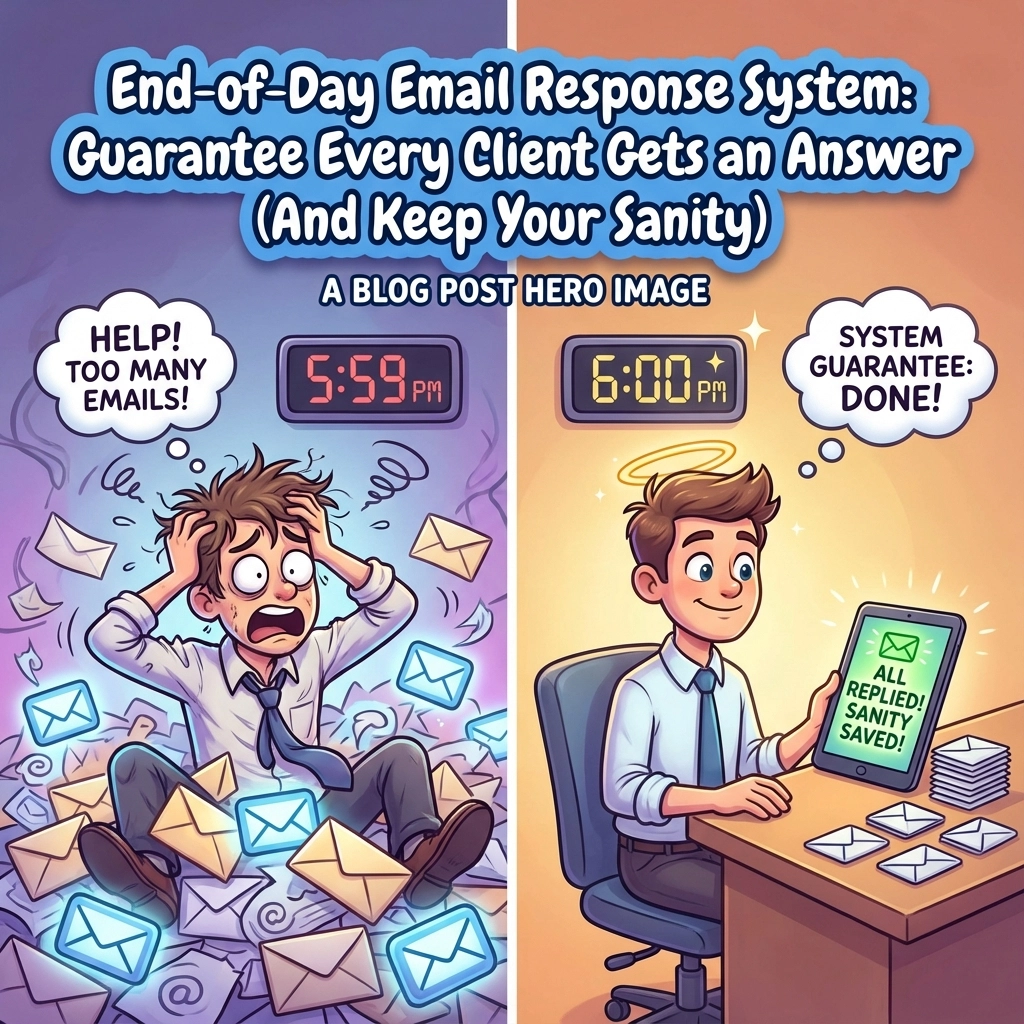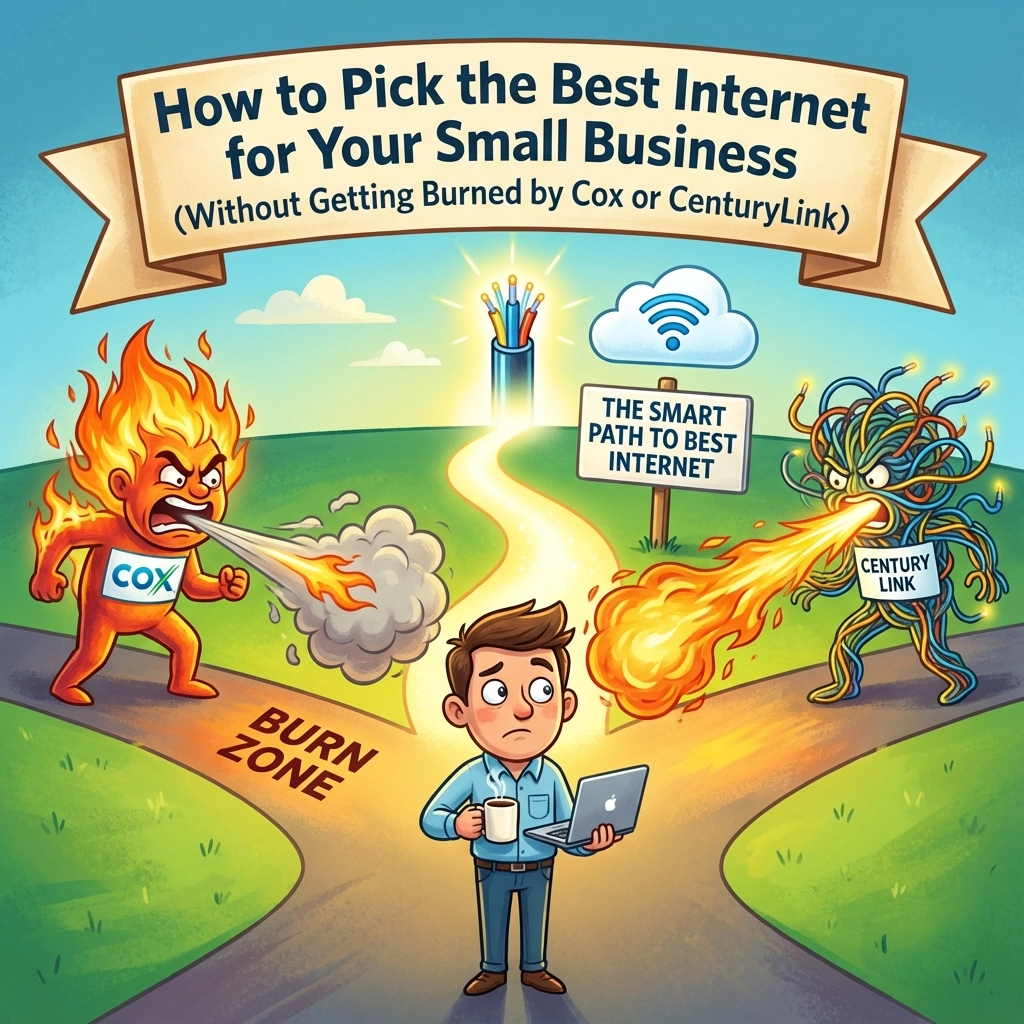You know that networking group you joined six months ago? The one with 500+ “active” members, daily posts flying around, and event notifications hitting your inbox every other day? Yeah, the one where everyone’s always liking and commenting on each other’s stuff, but somehow you still haven’t landed a single meaningful business connection.
Welcome to the engagement trap, where online networking groups mistake busy work for actual business results.
The Great Engagement Illusion
Here’s the thing that most networking groups get backwards: they’re measuring all the wrong stuff. They’re obsessing over metrics that look impressive in their monthly reports but don’t actually move the needle for their members.
Think about it, when was the last time a networking group leader bragged about “We helped 12 members close deals this quarter” versus “We had 2,000 post interactions this month!”?
The problem is that engagement metrics are easy to track and make everyone feel good. Daily active users, event attendance, comment counts, these numbers are tangible, visible, and give the impression that something important is happening. But here’s the kicker: research shows there’s literally no reliable connection between social media engagement and actual financial benefits.

Most of that engagement doesn’t lead to short-term financial benefits, and customer engagement isn’t normally connected to brand loyalty. So why are networking groups still chasing these vanity metrics like they’re the holy grail?
What Real Business Value Actually Looks Like
Let’s get real about what networking groups should actually deliver:
Referrals that convert. Not just “Oh, you should meet Sally”: but warm introductions that turn into actual business conversations and closed deals.
Strategic partnerships. Connections that create ongoing mutual value, not just one-off transactions.
Knowledge sharing that saves time and money. Like when someone in the group warns you about a vendor that’s about to tank, or shares a solution that prevents you from making a costly mistake.
Access to expertise when you need it. This is where the rubber meets the road. When your server crashes at 2 AM, you want someone in your network who can actually help: not just someone who’ll like your panicked LinkedIn post.
The difference between engagement and value is the difference between noise and signal. One fills up your notifications; the other fills up your bank account.
The Silent Members Are Often the Most Valuable
Here’s something that’ll blow your mind: the people who never comment, never like your posts, and barely show up to events might be your most valuable connections.
Nielsen’s 90-9-1 rule explains this perfectly: 90% of community members are lurking (reading but not engaging), 9% contribute occasionally, and only 1% are creating content regularly. Some well-managed communities can shift these numbers, but the majority of people will always prefer to observe.
And you know what? Those silent observers might be building the strongest business relationships of all.
Think about it: how many successful business partnerships have you seen that started because someone liked a bunch of LinkedIn posts? Compare that to relationships that developed because someone quietly followed a professional’s work for months or years, built trust through observation, and then reached out when they had a real business need.

Some of your best future clients are probably in your networking groups right now, never engaging with your content, but paying attention to how you handle yourself professionally. They’re not wasting time with performative engagement: they’re evaluating whether you’re worth doing business with.
The Activity vs. Outcome Problem
Most networking groups are like that friend who mistakes being busy for being productive. They’ll throw endless events, encourage non-stop posting, and celebrate when the group chat is blowing up: but they never ask the hard questions:
- Are members actually forming business relationships?
- How many deals have been closed through group connections?
- Are partnerships being formed, or are people just collecting contacts?
- Is anyone getting real help when they need it, or just getting “thoughts and prayers” comments?
The harsh truth is that most networking groups don’t track business outcomes because it’s harder than counting likes. It requires follow-up, relationship-building, and measuring things that might take months to materialize.
But here’s what separates valuable networking from social media theater: real value creates accountability. When someone in your network refers a client to you, or when you solve a critical problem for another member, that creates a relationship with substance. It’s not just engagement: it’s investment.
How to Spot Real Value vs. Vanity Metrics
Want to know if your networking group is delivering actual business value? Ask yourself these questions:
Are you getting referrals that convert? Not just introductions: actual business opportunities that turn into revenue.
Can you get expert help when you need it? When you have a real problem, can you reach out to someone in the group and get practical, actionable support? (This is especially critical for tech issues: you need people who can actually solve problems, not just sympathize.)
Are you forming strategic partnerships? Long-term relationships that create mutual value, not just transactional exchanges.
Is the group helping you avoid costly mistakes? Shared knowledge that saves you time, money, or headaches.
If your networking group can’t deliver on these fronts but keeps sending you metrics about how “engaged” everyone is, you’re probably in an engagement farm, not a business network.

Why This Matters for Your Business
Look, we’ve all been there. You join a networking group thinking it’ll be a game-changer for your business growth. You show up to events, participate in discussions, maybe even present to the group. But months later, you’re wondering why all that “networking” hasn’t translated into tangible business results.
The problem isn’t you: it’s that too many groups are optimized for the wrong outcomes. They’re designed to look active and engaged rather than to actually create value for members.
And this applies way beyond networking groups. It’s the same trap that businesses fall into with their marketing, their team communication, and even their tech support. Just because something generates a lot of activity doesn’t mean it’s generating results.
Think about it in terms of IT support: would you rather have a support team that responds quickly to every ticket with generic “we’re looking into it” messages (high engagement), or one that takes a bit longer but actually solves your problems on the first try (high value)? The answer’s obvious when you put it that way.
The Bottom Line
Real networking isn’t about collecting the most LinkedIn connections or getting the most comments on your posts. It’s about building relationships that create mutual value: referrals, partnerships, expertise sharing, and genuine support when you need it.
The best networking groups understand this. They track member success stories, not just member activity. They facilitate meaningful connections, not just busy conversations. And they recognize that their most valuable members might be the ones who engage the least but observe the most.
So the next time a networking group tries to impress you with their engagement metrics, ask them about their business results instead. Because at the end of the day, your business needs partners, referrals, and expert help: not more notifications.
Just like with tech support, the goal should be solving real problems and creating real value: not just generating activity for the sake of looking busy. Your time is too valuable to waste on vanity metrics that don’t move your business forward.
Share this:
- Click to share on Facebook (Opens in new window) Facebook
- Click to share on Tumblr (Opens in new window) Tumblr
- Click to share on X (Opens in new window) X
- Click to share on Pocket (Opens in new window) Pocket
- Click to share on Pinterest (Opens in new window) Pinterest
- Click to share on LinkedIn (Opens in new window) LinkedIn




